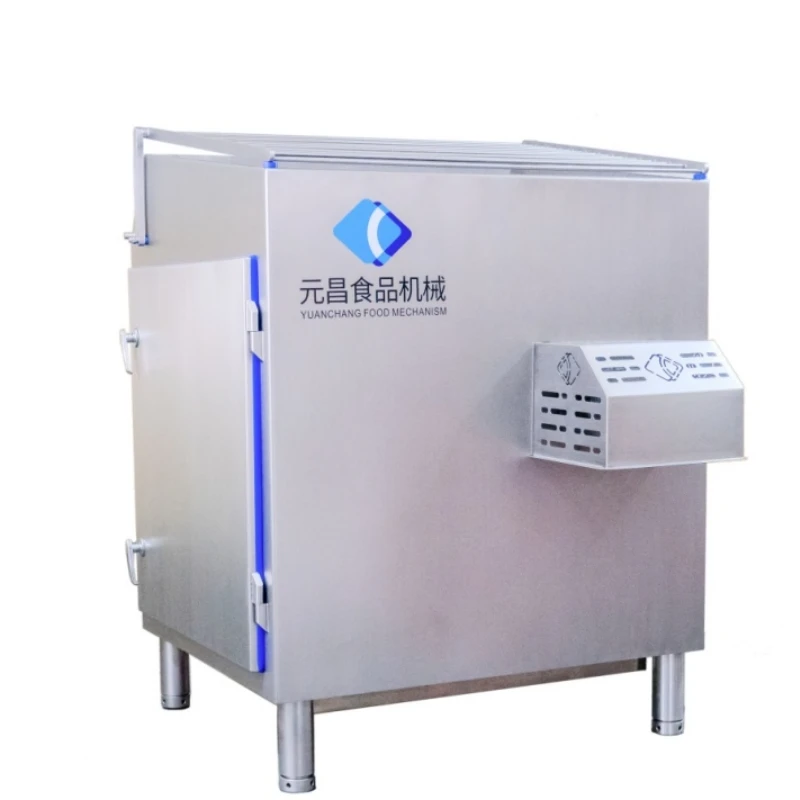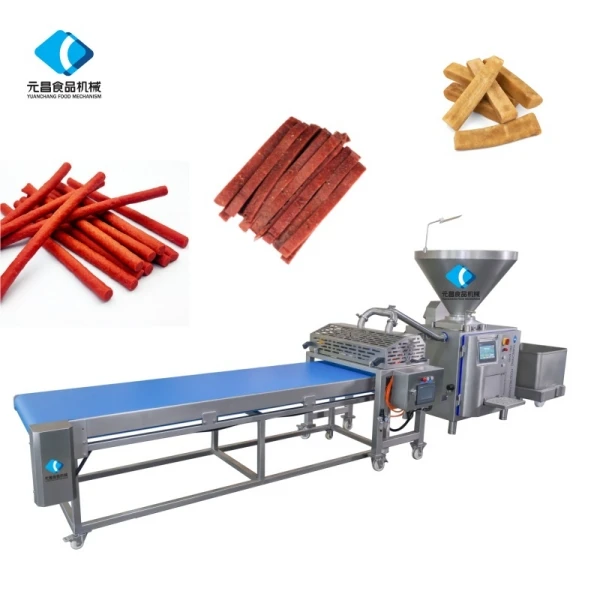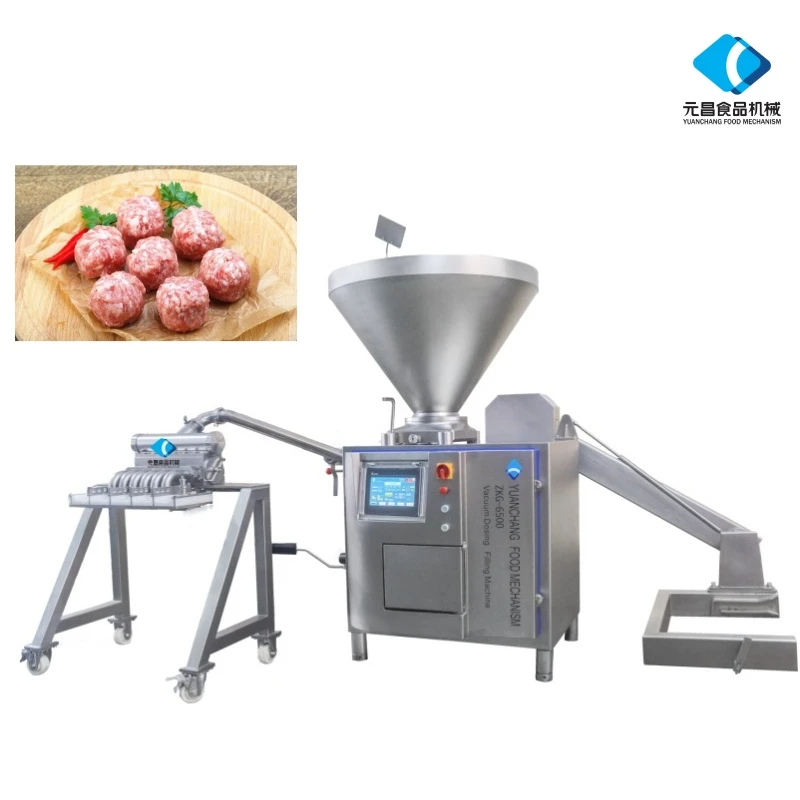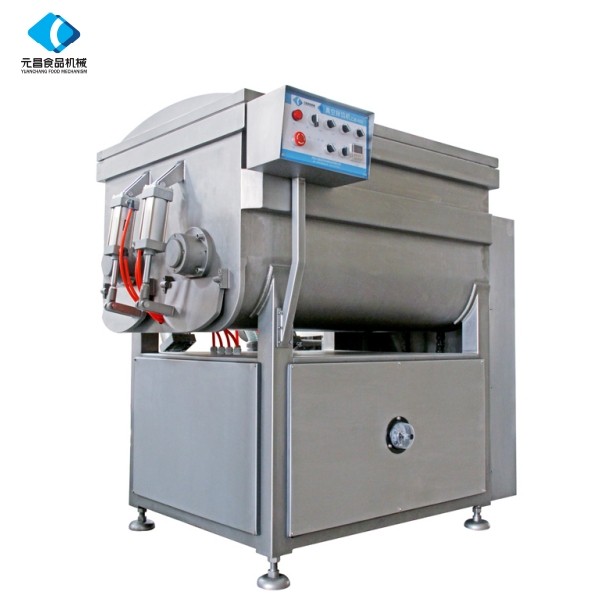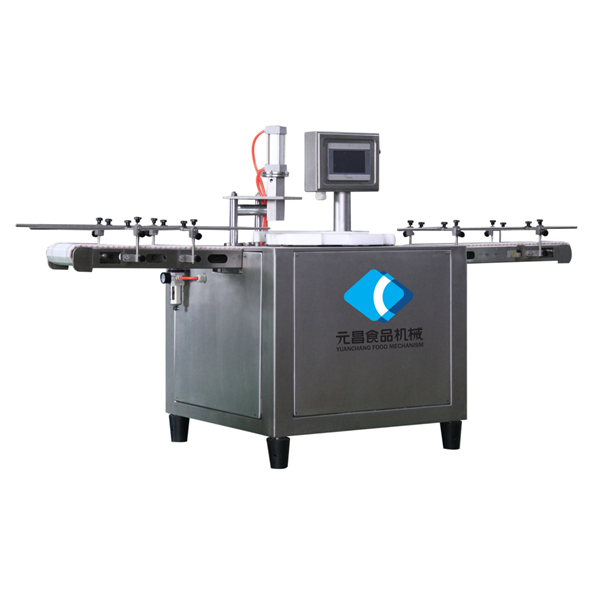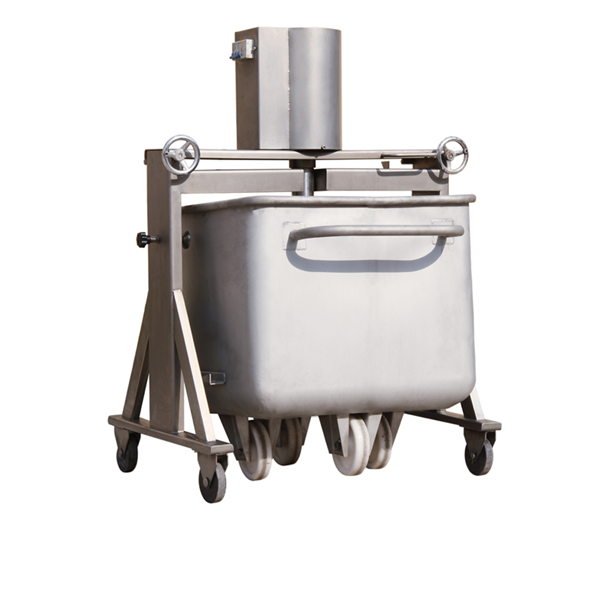- Afrikaans
- Albanian
- Amharic
- Arabic
- Armenian
- Azerbaijani
- Basque
- Belarusian
- Bengali
- Bosnian
- Bulgarian
- Catalan
- Cebuano
- chinese_simplified
- chinese_traditional
- Corsican
- Croatian
- Czech
- Danish
- Dutch
- English
- Esperanto
- Estonian
- Finnish
- French
- Frisian
- Galician
- Georgian
- German
- Greek
- Gujarati
- haitian_creole
- hausa
- hawaiian
- Hebrew
- Hindi
- Miao
- Hungarian
- Icelandic
- igbo
- Indonesian
- irish
- Italian
- Japanese
- Javanese
- Kannada
- kazakh
- Khmer
- Rwandese
- Korean
- Kurdish
- Kyrgyz
- Lao
- Latin
- Latvian
- Lithuanian
- Luxembourgish
- Macedonian
- Malgashi
- Malay
- Malayalam
- Maltese
- Maori
- Marathi
- Mongolian
- Myanmar
- Nepali
- Norwegian
- Norwegian
- Occitan
- Pashto
- Persian
- Polish
- Portuguese
- Punjabi
- Romanian
- Russian
- Samoan
- scottish-gaelic
- Serbian
- Sesotho
- Shona
- Sindhi
- Sinhala
- Slovak
- Slovenian
- Somali
- Spanish
- Sundanese
- Swahili
- Swedish
- Tagalog
- Tajik
- Tamil
- Tatar
- Telugu
- Thai
- Turkish
- Turkmen
- Ukrainian
- Urdu
- Uighur
- Uzbek
- Vietnamese
- Welsh
- Bantu
- Yiddish
- Yoruba
- Zulu
Precision Automatic Filling Flow Dividers
The Precision and Power of Filling Flow Divider Technology in Modern Industrial Automation
In the dynamic landscape of industrial automation, precise fluid management is paramount. Industries ranging from petrochemicals to food and beverage, and pharmaceuticals, rely heavily on systems that can accurately dispense and distribute liquids or gases. At the heart of many such critical operations lies the filling flow divider – a sophisticated component engineered to ensure exact volumetric control and consistent flow division. This comprehensive guide delves into the significance of these devices, exploring their technical intricacies, diverse applications, and the cutting-edge manufacturing processes that define their superior performance.
Current Industry Trends and the Rise of Smart Fluid Management
The global industrial automation market is witnessing an unprecedented surge, driven by demands for increased efficiency, reduced waste, and enhanced product quality. Within this ecosystem, fluid handling systems are undergoing significant transformations. We are moving beyond basic pumps and valves towards integrated solutions that incorporate advanced sensors, IoT connectivity, and predictive analytics. The demand for an automatic filling machine or an automated filling machine is increasing across sectors, necessitating components like the filling flow divider that can maintain micron-level accuracy even under varying process conditions. Industry reports project the industrial automation market to reach over $350 billion by 2027, with fluid control components playing a pivotal role in this growth, driven by the increasing complexity of manufacturing processes and stringent regulatory requirements.
Key trends influencing the design and deployment of filling flow divider include:
- Precision and Repeatability: The need for sub-milliliter accuracy in dosing and filling operations, crucial in pharmaceutical and fine chemical industries.
- Material Compatibility: Increasing demand for devices that can handle corrosive, abrasive, or highly viscous fluids, requiring specialized materials and coatings.
- Energy Efficiency: Designs that minimize pressure drop and optimize power consumption, contributing to lower operational costs.
- Smart Integration: Compatibility with Industry 4.0 paradigms, enabling real-time monitoring, diagnostics, and remote control.
- Modularity and Customization: Solutions that can be easily adapted or custom-built for specific application requirements, moving away from one-size-fits-all approaches.

Decoding the Technology: Technical Parameters of a Filling Flow Divider
A filling flow divider is far more than a simple valve; it's a precision instrument designed to take a single inlet flow and divide it into multiple, often equally precise, outlet flows, regardless of varying loads or back pressures on individual outlets. This is achieved through a combination of highly engineered internal components, typically utilizing gear, piston, or spool valve mechanisms working in tandem.
To provide a clear understanding, here's a detailed table outlining typical parameters for advanced filling flow divider units:
| Parameter | Description | Typical Range/Value | Impact on Performance |
|---|---|---|---|
| Flow Rate Range | Minimum to maximum fluid volume the divider can accurately handle per minute/hour. | 0.1 GPM to 500 GPM (0.4 LPM to 1900 LPM) per section | Determines suitability for low-volume dosing or high-volume transfer applications. Crucial for system sizing. |
| Operating Pressure | Maximum continuous and peak pressure the unit can withstand. | Up to 6000 PSI (413 Bar) | Ensures structural integrity and reliable operation in high-pressure hydraulic or process systems. |
| Division Accuracy | The maximum deviation in flow between individual outlets. | ±0.5% to ±3% (depending on type and flow) | Directly impacts the precision of filling or dosing operations. Lower percentage means higher accuracy. |
| Number of Sections/Outlets | How many separate, controlled output flows the divider can produce. | 2 to 12 sections (custom up to 24) | Dictates the number of concurrent filling points or actuators that can be controlled. |
| Viscosity Range | The range of fluid viscosities the unit can accurately process. | 1 cSt to 10,000 cSt (or higher for specialized units) | Ensures reliable operation with thin liquids (e.g., water, solvents) or thick slurries (e.g., glues, heavy oils). |
| Temperature Range | The allowable fluid and ambient operating temperatures. | -40°C to +200°C (-40°F to +392°F) | Affects material selection (seals, housing) and ensures stable operation in extreme environments. |
| Port Sizes/Types | Inlet and outlet connection dimensions and standards (e.g., NPT, BSP, SAE flange). | 1/4" to 4" (DN8 to DN100) | Compatibility with existing piping and manifold systems. Standardized for ease of integration. |
| Material Construction | Primary materials used for housing, gears/pistons, and seals. | 304/316/316L Stainless Steel, Carbon Steel, Aluminum, Duplex/Super Duplex Stainless Steel, Bronze. Seals: Viton, PTFE, EPDM. | Determines corrosion resistance, chemical compatibility, and pressure rating. Crucial for specific media. |
| Compensation Method | How the divider maintains accuracy despite pressure differences or varying loads. | Pressure-compensated, non-compensated | Pressure-compensated designs offer superior accuracy and stability, especially in dynamic systems. |
Understanding these parameters is critical for selecting the appropriate filling flow divider for a specific application. Our product, the Filling and Flow Divider forming machine, is engineered with these critical specifications in mind, ensuring optimal performance across a broad spectrum of industrial demands.
Versatile Application Scenarios for the Filling Flow Divider
The utility of a filling flow divider extends across numerous industries, playing a vital role in processes that demand precise volumetric control and synchronized operations:
- Petrochemical Industry: Essential for accurate dosing of catalysts, inhibitors, and additives in refining and chemical synthesis. They ensure precise blending ratios, vital for product quality and safety, and are critical in applications like drilling fluid injection systems where multiple points need synchronized, controlled flow.
- Metallurgy and Heavy Industry: Used in lubrication systems for heavy machinery, ensuring each bearing or moving part receives an exact amount of lubricant. Also found in hydraulic systems powering presses, furnaces, and rolling mills, providing synchronized movement of multiple hydraulic cylinders.
- Water Supply and Drainage (Wastewater Treatment): For precise chemical dosing (e.g., flocculants, disinfectants) in water purification plants. They ensure consistent treatment levels across different filtration or aeration tanks, crucial for compliance with environmental regulations.
- Food and Beverage Sector: Integral to filling machine operations for bottling liquids like juices, oils, and dairy products. They guarantee uniform fill levels for multiple bottles simultaneously, leading to consistent product packaging and reduced product giveaway. This is especially true for an automatic filling machine handling high volumes.
- Pharmaceuticals and Cosmetics: Crucial for high-precision dosing of active pharmaceutical ingredients (APIs) and other components in drug manufacturing and cosmetic formulation. The accuracy provided by a filling flow divider minimizes waste of expensive ingredients and ensures product efficacy and safety.
- Automotive Manufacturing: Used in assembly lines for precise application of adhesives, sealants, and lubricants. Ensures uniform application across multiple points on vehicle components, enhancing structural integrity and reducing manufacturing defects.
Technical Advantages: Why Precision Matters
Investing in a high-quality filling flow divider yields significant technical and economic advantages:
- Unmatched Volumetric Accuracy: Our Filling and Flow Divider forming machine ensures minimal deviation in dispensed volumes, critical for product quality, regulatory compliance (e.g., FDA standards for pharmaceuticals), and cost control by preventing overfilling or underfilling.
- Enhanced System Efficiency: By precisely dividing flow, these devices reduce power consumption in hydraulic systems, optimize lubrication, and ensure that downstream processes receive the exact amount of fluid needed, minimizing energy waste.
- Superior Corrosion and Wear Resistance: Utilizing advanced materials like Duplex Stainless Steel (e.g., UNS S32205) and specialized coatings, our dividers offer exceptional resistance to corrosive chemicals, abrasive slurries, and high-temperature environments, significantly extending their service life and reducing maintenance frequency. This is particularly vital in industries handling aggressive media, where premature component failure can lead to costly downtime and safety hazards.
- Reduced Maintenance & Downtime: The robust construction and precision manufacturing reduce wear and tear, leading to fewer breakdowns and less frequent maintenance interventions. This directly translates to lower operational costs and higher overall equipment effectiveness (OEE).
- Improved Safety: Accurate fluid control prevents spills, leaks, and potential over-pressurization, contributing to a safer working environment, especially when handling hazardous materials.
- Cost Savings: By preventing material waste through precise dosing and reducing energy consumption, a high-performance filling flow divider offers a rapid return on investment.
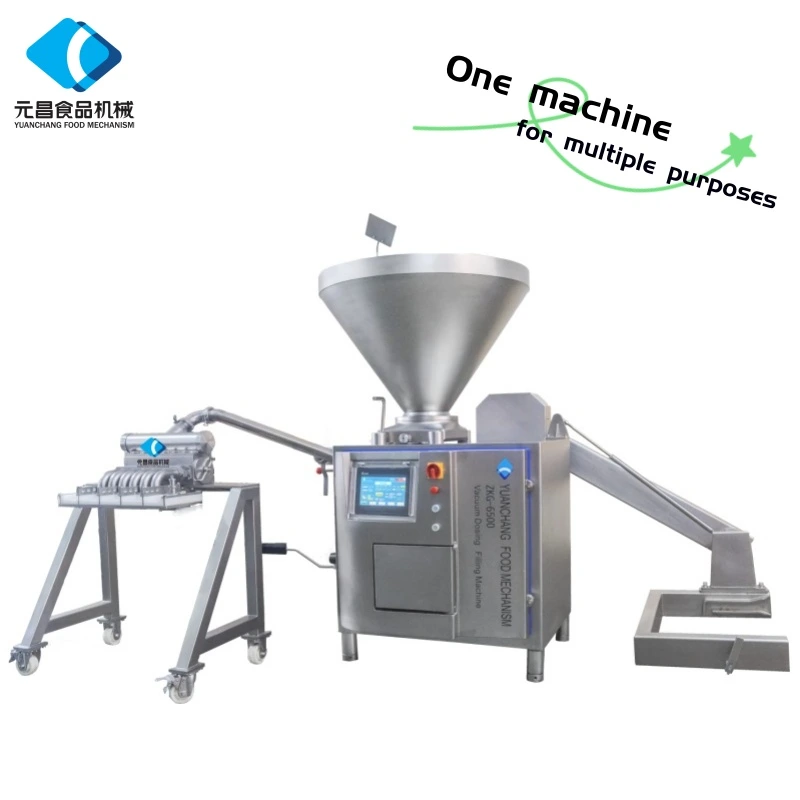
Manufacturer Comparison and Our Distinct Advantage
When selecting a filling flow divider, it's crucial to evaluate manufacturers based on several key criteria:
- Expertise and Experience: Look for manufacturers with a proven track record, extensive R&D capabilities, and deep understanding of fluid dynamics and material science. Our company, with years of specialized experience in precision machinery, stands as a testament to this.
- Quality Control and Certifications: Adherence to international standards like ISO 9001:2015 is non-negotiable. Our manufacturing processes are rigorously controlled and certified, ensuring every Filling and Flow Divider forming machine meets the highest quality benchmarks. Compliance with specific industry standards such as ANSI B16.34 for valves or ASTM for material specifications further solidifies our commitment to quality.
- Customization Capabilities: The ability to provide tailored solutions for unique process requirements is a significant differentiator. Many applications demand specialized materials, port configurations, or control mechanisms that off-the-shelf products cannot provide.
- After-Sales Support and Service: Reliable technical support, spare parts availability, and maintenance services are vital for long-term operational success.
Our distinct advantage lies in our unwavering commitment to precision engineering, material innovation, and customer-centric solutions. Unlike some competitors who offer generic products, we specialize in high-performance filling flow divider technology, ensuring each unit delivers superior accuracy, longevity, and reliability even in the most demanding environments. We leverage state-of-the-art CNC machining and advanced metallurgical techniques to produce components that exceed industry expectations. Our long-standing partnerships with leading industrial firms globally serve as a testament to our authoritativeness and trustworthiness in the field.
Custom Solutions and Application Case Studies
Recognizing that no two industrial processes are identical, we excel in providing customized filling flow divider solutions. This involves a collaborative approach from initial design consultation to final implementation. Our engineering team works closely with clients to understand their specific fluid properties, pressure requirements, environmental conditions, and integration needs. This bespoke approach ensures that the Filling and Flow Divider forming machine integrates seamlessly into existing systems, optimizing performance and maximizing ROI.
Illustrative Application Cases:
- Case Study 1: High-Viscosity Adhesive Dispensing (Automotive)
A leading automotive manufacturer required precise, simultaneous dispensing of high-viscosity adhesive to multiple points on a car chassis. Traditional systems struggled with inconsistent flow due to varying back pressures. We engineered a specialized filling flow divider made from hardened tool steel with a pressure-compensated design. The result was a 15% reduction in adhesive waste and a 20% improvement in product consistency, significantly enhancing chassis integrity and reducing rework. - Case Study 2: Chemical Injection in Oil & Gas (Petrochemical)
For an offshore oil platform, precise injection of corrosion inhibitors into multiple pipelines was critical. The harsh marine environment and fluctuating pressures posed significant challenges. Our custom filling flow divider, constructed from Super Duplex Stainless Steel (e.g., UNS S32750) for extreme corrosion resistance and optimized for high-pressure, low-flow accuracy, ensured consistent chemical dosage, preventing costly pipeline degradation and extending asset life. This directly contributed to a safer and more reliable operation. - Case Study 3: Pharmaceutical Liquid Filling (Pharmaceuticals)
A pharmaceutical company needed to fill sterile vials with a precise volume of vaccine. Contamination risk and volumetric accuracy were paramount. We provided a hygienic design filling flow divider with FDA-approved materials (e.g., 316L Stainless Steel, PTFE seals) and ultra-smooth internal surfaces to prevent bacterial growth. The system achieved a volumetric accuracy of ±0.5%, significantly reducing product recall risks and enhancing batch consistency.
The Manufacturing Process: Crafting the Filling and Flow Divider forming machine
The creation of a high-performance filling flow divider is an intricate process that combines advanced materials science with precision engineering. Our product, the Filling and Flow Divider forming machine, undergoes a multi-stage manufacturing journey to ensure its unparalleled quality and durability. This process is designed to meet rigorous standards, including ISO 9001:2015 for quality management and relevant ANSI/API standards for performance and material specifications.
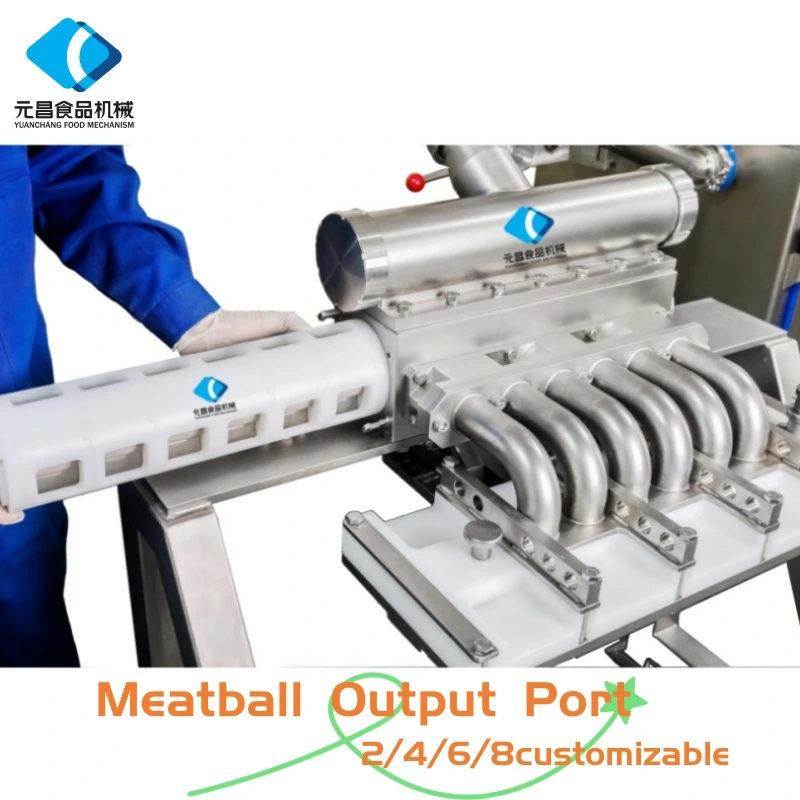
Process Flow Explained:
- Material Selection and Sourcing:
- Material: The journey begins with selecting premium-grade raw materials. For general applications, we utilize high-strength alloy steels or Stainless Steel (e.g., SS304, SS316). For corrosive environments, Duplex Stainless Steel (e.g., UNS S32205, UNS S32750) or specialized alloys (e.g., Hastelloy, Monel) are chosen for their superior corrosion resistance and mechanical properties. Seal materials like Viton, PTFE, EPDM, or Kalrez are selected based on chemical compatibility and temperature requirements.
- Compliance: All raw materials are sourced from certified suppliers and come with material test reports (MTRs) to ensure compliance with ASTM or EN standards regarding chemical composition and mechanical properties.
- Primary Forming (Casting/Forging):
- Casting: For complex geometries or larger bodies, precision casting techniques such as investment casting (lost-wax process) are employed. This allows for near-net-shape components with excellent surface finish and reduced machining requirements. Casting ensures uniform material properties throughout the bulk of the component.
- Forging: For components requiring extreme strength and fatigue resistance, such as gear sets or shafts, hot or cold forging is utilized. Forging refines the grain structure of the metal, imparting superior mechanical properties and eliminating internal defects.
- Initial Inspection: After forming, components undergo initial quality checks, including visual inspection, dimensional measurement, and often non-destructive testing (NDT) such as ultrasonic testing or X-ray inspection for internal flaws.
- Precision CNC Machining:
- Advanced Machining: This is a critical stage where components are brought to their final dimensions with extreme precision. Multi-axis CNC (Computer Numerical Control) machining centers are used to mill, turn, and drill parts to tolerances often within microns (e.001 mm). This includes machining intricate gear profiles, precise bore diameters for pistons, and complex internal flow paths.
- Surface Finish: Internal surfaces crucial for fluid flow and sealing are machined to achieve very low surface roughness (e.g., Ra
- Accuracy: The tight tolerances achieved during CNC machining are paramount for the volumetric accuracy and minimal internal leakage of the filling flow divider.
- Heat Treatment and Surface Treatment:
- Heat Treatment: Depending on the material, components may undergo specific heat treatment processes like hardening, tempering, or annealing to achieve desired hardness, wear resistance, and toughness. For example, some steels are hardened to Rockwell C 58-62 for enhanced durability.
- Surface Treatment: To further enhance properties, surface treatments may be applied. This includes passivation for stainless steels to improve corrosion resistance, hard chroming for wear resistance, or specialized coatings like PVD (Physical Vapor Deposition) or CVD (Chemical Vapor Deposition) for extreme applications.
- Assembly in Cleanroom Environments:
- Controlled Environment: Precision assembly of the filling flow divider is often conducted in controlled environments or cleanrooms to prevent contamination from dust or particulates that could compromise performance or lead to premature wear.
- Skilled Technicians: Highly skilled technicians meticulously assemble the precision components, ensuring proper alignment of gears, pistons, and seals. Specialized tools and fixtures are used to maintain tolerances during assembly.
- Rigorous Testing and Quality Assurance:
- Functional Testing: Each filling flow divider undergoes comprehensive functional testing. This includes precise flow accuracy testing (e.g., using Coriolis flow meters), pressure testing (hydrostatic and pneumatic), leakage testing, and endurance testing to simulate operational conditions.
- Performance Verification: Flow division accuracy is verified across the entire operating range, under varying inlet pressures and outlet loads, to ensure the unit meets its stated performance specifications. Data from these tests are recorded and provided to the client.
- Certification: Before shipment, each Filling and Flow Divider forming machine is individually serialized and undergoes a final inspection to verify compliance with all design specifications and international standards (e.g., ISO, ANSI).
This meticulous manufacturing process ensures that our Filling and Flow Divider forming machine delivers exceptional reliability, a significantly extended service life (often exceeding 10+ years with proper maintenance), and consistent performance, thereby minimizing total cost of ownership for our clients across sectors like petrochemical, metallurgy, and water treatment.
Building Trust: Our Commitment to You
At YCMEATMECH, trust is the cornerstone of our operations. We ensure this through:
- Authoritativeness: We are ISO 9001:2015 certified, demonstrating our adherence to the highest quality management standards. Our products are designed to meet or exceed industry-specific standards like ANSI, ASTM, and where applicable, FDA guidelines for food/pharmaceutical contact materials. We have over 20 years of experience serving critical industries globally.
- Transparency in Delivery: Upon order confirmation, clients receive a detailed project timeline including manufacturing, testing, and estimated delivery dates. For standard configurations, typical delivery ranges from 4-8 weeks, while custom solutions may range from 8-16 weeks depending on complexity. We utilize robust logistics partners to ensure timely and secure global delivery.
- Comprehensive Warranty: All Filling and Flow Divider forming machine units come with a standard 12-month warranty from the date of installation or 18 months from shipment, whichever comes first, covering defects in materials and workmanship. Extended warranty options are available.
- Unparalleled Customer Support: Our dedicated technical support team is available for troubleshooting, maintenance advice, and spare parts identification. We offer remote diagnostics and on-site support by arrangement, ensuring your operations run smoothly with minimal downtime.
Frequently Asked Questions (FAQ) about Filling Flow Divider
A1: A filling flow divider takes a single inlet flow of liquid or gas and accurately divides it into multiple, often equal, output flows. Its primary function is to ensure precise and synchronized distribution, irrespective of varying loads or resistances at the individual outlets. This makes it crucial for applications like an automatic filling machine or a multi-cylinder hydraulic system.
A2: Common materials include various grades of Stainless Steel (e.g., 304, 316, 316L, Duplex, Super Duplex), Carbon Steel, Aluminum, and Bronze. The choice of material depends heavily on the fluid's corrosivity, temperature, pressure, and application requirements. Seals are typically made from Viton, PTFE, EPDM, or other chemically resistant elastomers.
A3: The accuracy of a filling flow divider varies by design and type, but high-precision units can achieve division accuracies of ±0.5% to ±1% of the total flow, especially those with pressure compensation. This high level of precision is critical for industries requiring exact volumetric dosing.
A4: Yes, specialized filling flow divider models are designed to efficiently handle a wide range of fluid viscosities, from thin liquids like water to highly viscous materials like heavy oils, resins, or food pastes. Their internal clearances and gear/piston designs are optimized for such challenges.
A5: Installation typically follows industry standards such as ANSI B16.5 for flange connections, or NPT/BSP for threaded connections. Proper alignment, robust mounting, and clean piping are crucial. It's recommended to install them downstream of filters to protect against particulate contamination and often upstream of check valves to maintain back pressure.
A6: By precisely controlling and dividing flow, a filling flow divider optimizes the use of hydraulic power or pump output. It ensures that only the necessary amount of fluid is delivered to each actuator or filling nozzle, preventing wasted energy from excessive flow or pressure, thereby reducing overall system power consumption.
A7: With proper material selection, precision manufacturing, and regular maintenance, a high-quality filling flow divider can have a service life of 10-15 years or even longer. Factors like operating conditions (pressure, temperature, fluid abrasiveness) and adherence to maintenance schedules significantly influence longevity.
Conclusion: The Future of Precision Fluid Management
The filling flow divider stands as a testament to advanced engineering in industrial automation. Its indispensable role in ensuring precision, efficiency, and reliability across a myriad of industries underscores its importance in modern manufacturing. From intricate processes in pharmaceutical production to heavy-duty applications in petrochemical plants, the demand for highly accurate, durable, and adaptable fluid division solutions continues to grow. Our Filling and Flow Divider forming machine embodies these qualities, designed not just to meet but to exceed the rigorous demands of today's industrial landscape. As industries strive for greater automation and optimization, the reliance on such critical components will only intensify, solidifying the filling flow divider as a cornerstone of advanced industrial processes.
For further insights into the evolution of fluid control technologies, we recommend exploring:
Reference: Fluid Power Journal (Accessed February 2024, representative URL)
Reference: IEEE Xplore Digital Library (Accessed February 2024, representative URL)
-
Vacuum Bowl Cutter ZKZB-125: Advanced Food Processing Technology|Hebei YuanchangNewsAug.08,2025
-
Vacuum Bowl Cutter ZKZB-125 - Hebei Yuanchang|Vacuum Chopping, 304 Stainless SteelNewsAug.08,2025
-
Vacuum Bowl Cutter ZKZB-125 - Hebei Yuanchang Food Mechanism & Technology Co., Ltd.|Vacuum Technology&Meat ProcessingNewsAug.08,2025
-
Vacuum Bowl Cutter ZKZB-125 - Hebei Yuanchang Food Mechanism & Technology | Food Processing Equipment, Vacuum TechnologyNewsAug.07,2025
-
Vacuum Bowl Cutter ZKZB-125-Hebei Yuanchang Food Mechanism & Technology Co., Ltd.|Vacuum Processing, Meat Pet FoodNewsAug.07,2025



